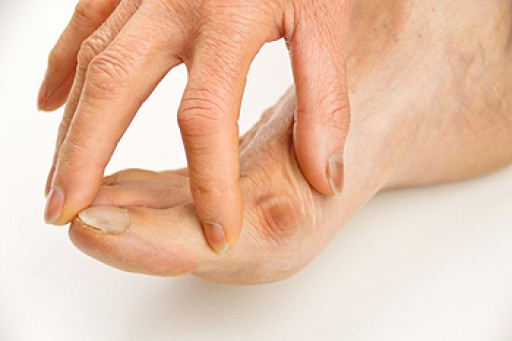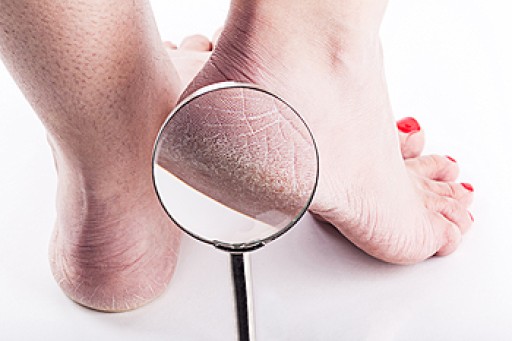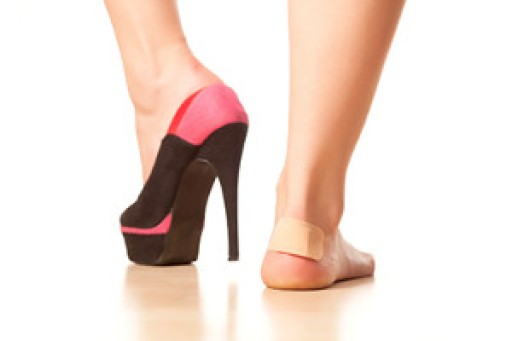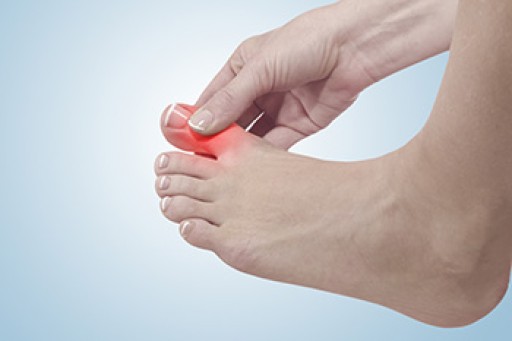
A bunion is considered to be a deformity where a bony lump that forms on the side of the big toe. It happens as a result of the big toe becoming misaligned, and it can push against the side of the shoe. Many people develop a bunion from genetic reasons, or from wearing shoes that do not have adequate room for the toes to move freely in. High heels fit into this category, and it is suggested to wear a shoe that has a lower heel and a bigger toe area. Some people have an abnormal foot shape, and this may also lead to developing a bunion. There are specific symptoms that are associated with a bunion. These can include pain that gets worse when tight shoes are worn and the big toe may become stiff. Additionally, the skin surrounding the joints in the big toe may be swollen and red. Severe bunions may require surgery for permanent removal and proper alignment of the joints. If you have a bunion, please confer with a podiatrist who can guide you toward the treatment that is correct for you.
If you are suffering from bunions, contact one of our podiatrists of Illinois . Our doctors can provide the care you need to keep you pain-free and on your feet.
What Is a Bunion?
A bunion is formed of swollen tissue or an enlargement of boney growth, usually located at the base joint of the toe that connects to the foot. The swelling occurs due to the bones in the big toe shifting inward, which impacts the other toes of the foot. This causes the area around the base of the big toe to become inflamed and painful.
Why Do Bunions Form?
Genetics – Susceptibility to bunions are often hereditary
Stress on the feet – Poorly fitted and uncomfortable footwear that places stress on feet, such as heels, can worsen existing bunions
How Are Bunions Diagnosed?
Doctors often perform two tests – blood tests and x-rays – when trying to diagnose bunions, especially in the early stages of development. Blood tests help determine if the foot pain is being caused by something else, such as arthritis, while x-rays provide a clear picture of your bone structure to your doctor.
How Are Bunions Treated?
- Refrain from wearing heels or similar shoes that cause discomfort
- Select wider shoes that can provide more comfort and reduce pain
- Anti-inflammatory and pain management drugs
- Orthotics or foot inserts
- Surgery
If you have any questions, please feel free to contact our offices located in Wheeling and Berwyn, IL . We offer the newest diagnostic and treatment technologies for all your foot care needs.












